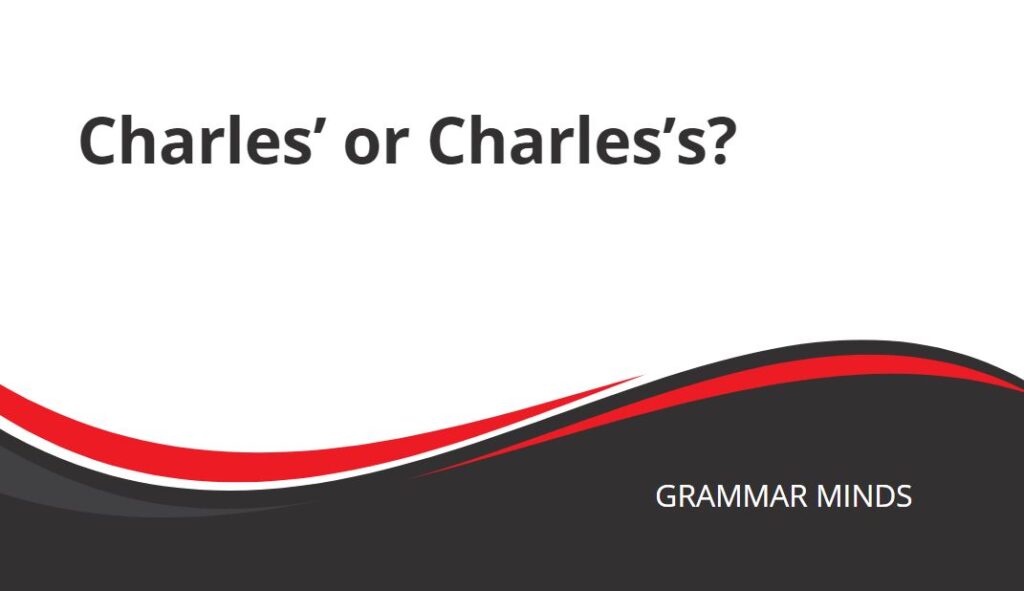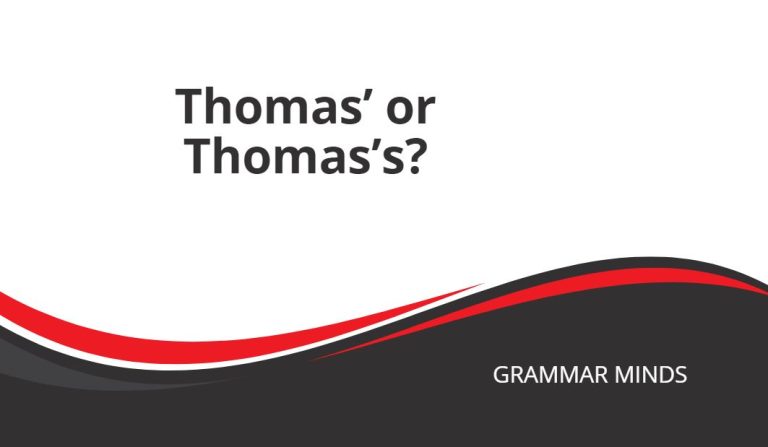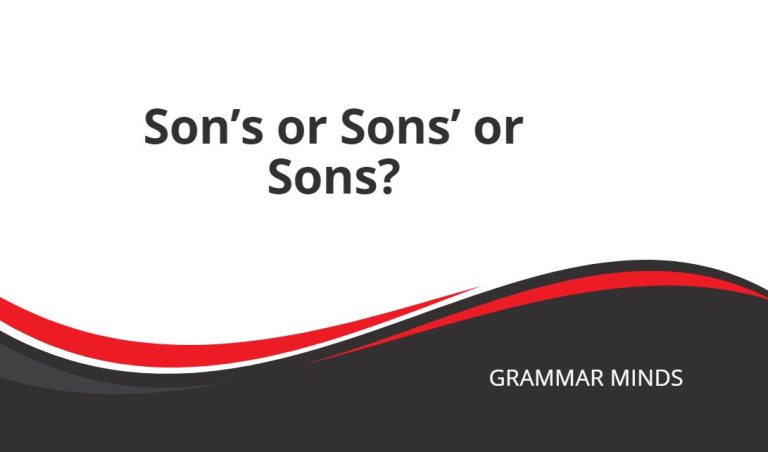The term Charles’ is a correct singular possessive form of Charles, commonly favored in AP Style. For instance, “Charles’ birthday is in May.” Conversely, the form Charles’s with an “s” after the apostrophe is also correct and is preferred in the Chicago Manual of Style. For example, “Charles’s cat is playful.”

Here are the different singular forms of Charles, with example sentences to demonstrate their usage:
| Form | Example |
| Singular | Charles |
| Singular possessive | Charles’s / Charles’ |
Singular: Charles mentioned he would arrive late tonight.
Singular possessive: Charles’s car needs an oil change.
Singular possessive: Charles’ house is undergoing renovations.
As you can see, two singular possessive forms of Charles are acceptable. So, use any of the two forms to suit your style but remember to maintain consistency throughout the document you are workin on.
Additionally, consider the example of St Charles’s Hospital, where both terms can be deemed correct. The hospital in the city is spelled St Charles’s Hospital, while the school in another city is St Charles’ School.
If you are still unsure about when or how to use the possessive forms of Charles, continue reading to learn more and avoid making mistakes in the future.
Charles’s
Charles’s is a singular possessive form of the name Charles.
In modern English, it is customary to add an “s” after the apostrophe when forming possessives. Thus, Charles’s is the more common form in American and British English.
Furthermore, when you are following the Chicago Manual of Style, utilize use form Charles’s.
Example:
- Charles’s office is located downtown.
- Can I borrow Charles’s pen to sign this document?
- Charles’s guitar playing is improving every day.
- Charles’s garden is full of beautiful flowers.
- I need to ask Charles’s opinion on this matter.
Moreover, some individuals may opt to omit the “s” from the end of Charles when the following word starts with “s.” Ensure consistency throughout the document if you are going to omit it
Example:
- Charles’ sister is a talented musician.
Charles’
Charles’ is also a singular possessive form of the name Charles, indicating ownership by someone named Charles.
Use Charles’ when following AP Style guidelines, as proper nouns do not require an additional “s.”
- Charles’ bicycle was stolen last week.
- Can I use Charles’ laptop to check my email?
- Charles’ favorite restaurant is closed today.
- I love the design of Charles’ new apartment.







